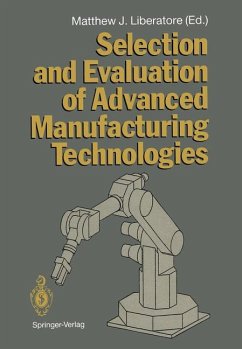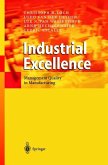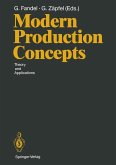Matthew J. Liberatore Department of Management Villanova University Villanova, PA 19085 1. BACKGROUND The weakening competitive position of many segments of u.s. manufacturing has been analyzed, debated and discussed in corporate boardrooms, academic journals and the popular literature. One result has been a renewed commitment toward improving productivity and quality in the workplace. The drive to reduce manufacturing related costs, while meeting ever-changing customer needs, has led many firms to consider more automated and flexible manufacturing systems. The extent to which these new technologies can support business goals in productivity, quality and flexibility is an especially important issue for manufacturing firms in the u.s. and other Western nations. Problems have arisen in developing performance measures and evaluation criteria which reflect the full range of costs and benefits associated with these technologies. Some would argue that managerial policies and attitudes,and not the shortcomings of the equipment or manufacturing processes, are the major impediments to implementation (Kaplan 1984).
Bitte wählen Sie Ihr Anliegen aus.
Rechnungen
Retourenschein anfordern
Bestellstatus
Storno








